My goal was to teach people how to develop a deeper connection with their horse. To do a deep dive into how to work with horses in a unique way of connecting with the horse’s mind, thoughts, and soul.
Our Location
- Texas, USA
- shea@equinebalance.net
- +1 (831) 234-8321







